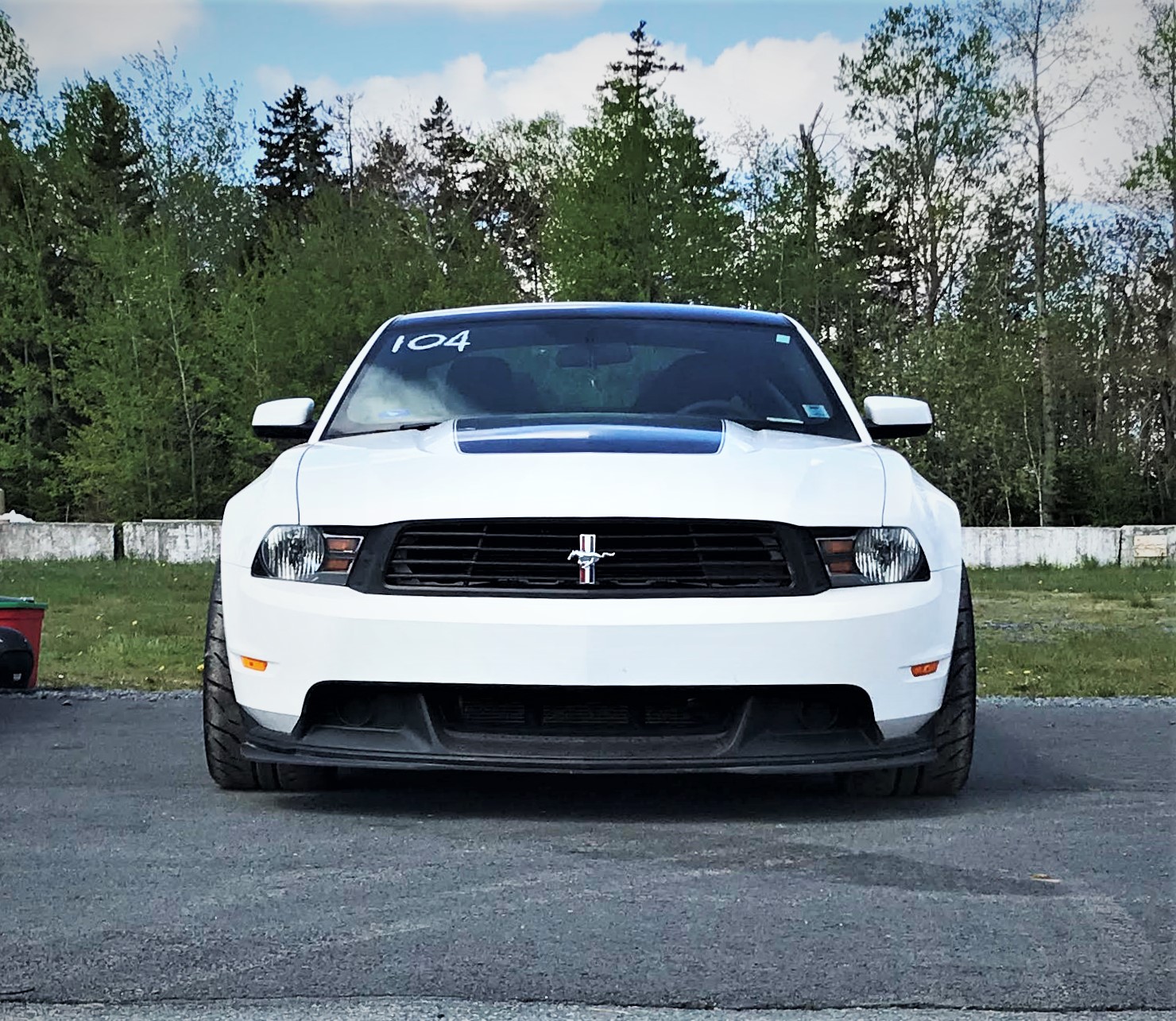A few weeks ago, I made a post explaining mainstream AWD system types and how they compare , pros and cons, etc. including some simple diagrams to show where the power goes and how much. As promised, this post will focus on specific cars and what AWD systems they use, especially ones that that have more or less been defined by their AWD systems, and the best place to start may be with a bombshell; the Nissan GT-R. Nissan GT-R (R35) The GT-R has built a reputation around having monster traction and very approachable performance, thanks to its AWD system - Advanced Total Traction Engineering System for All-Terrain (ATTESA) - and what it can do for you. But the GT-R doesn't actually use the most mechanically sophisticated type of AWD systems discussed in the previous article, namely a "true" AWD with a centre differential. Instead, it uses a clutch pack to transfer power. RWD-based clutch-type AWD schematic - Rams Eye The Track Guy © The R32, R33, and R34 Sky
Last year, I picked up a 2009 Lancer Ralliart to do a long term test with it as a dual duty track/daily. One of the first things I knew I was going to do was put a decent set of tires on it. The car came without OEM wheels which was actually good because I didn't have to hesitate about getting a good set of aftermarket wheels to support going wider. Thankfully, my friends at YST Auto Halifax set me up with a great set of Superspeed RF03RR wheels. The Wheels I had never even heard of Superspeed but I trusted the good folk at YST Auto who mentioned some customer cars running on track with them. These wheels are rotary forged which is basically a prerequisite to be taken seriously in this market populated by companies like TSW and Fast Wheels. The wheels looked like a high quality, well finished wheel and each had a "QC" check sticker on. Just for appearances? Maybe, but I found no defects. The wheels seemed easy to balance (didn't need many weights) and at 18.1 lb. f










